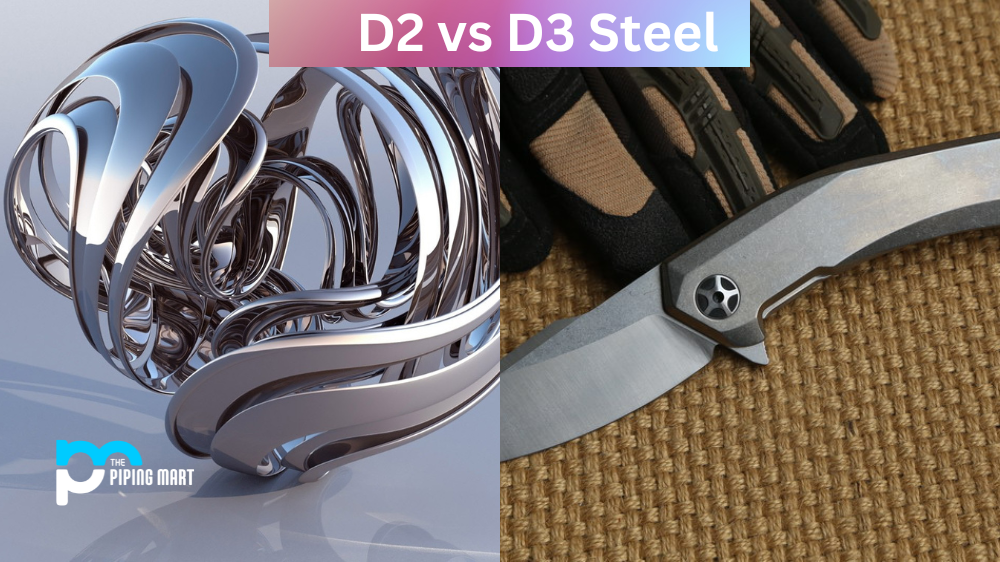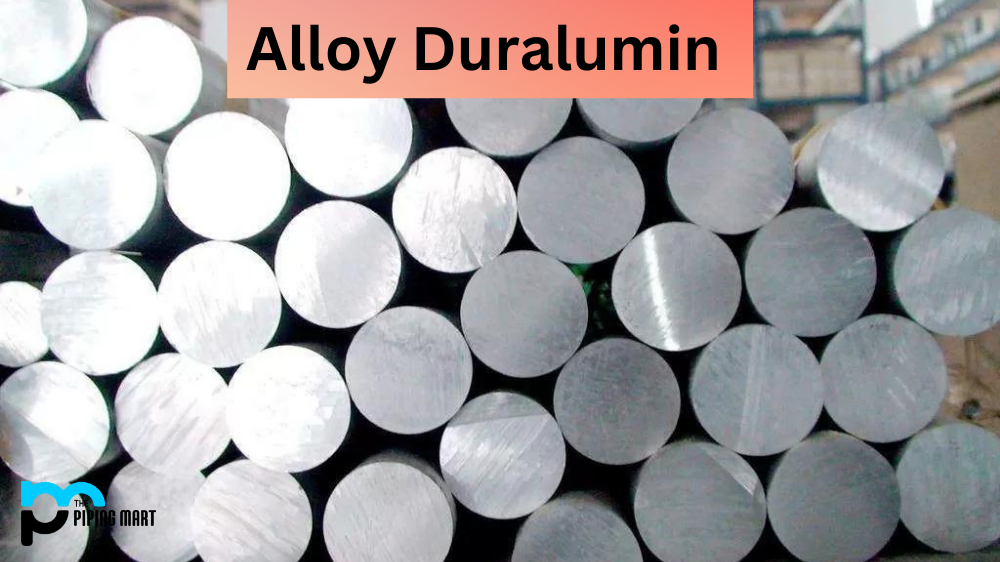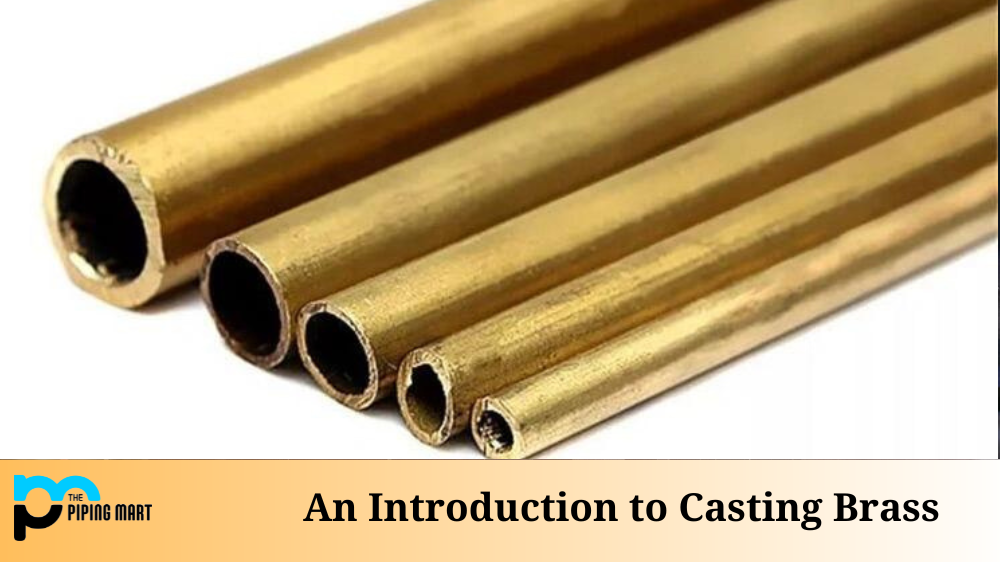When it comes to metalworking, having the right tool for the job is essential. But what about when you’re looking for the best steel for your project? Understanding the differences between D2 and D3 steel can be a challenge, but it doesn’t have to be! In this blog post, we’ll explain everything you need to know about these two types of steel so that you can make an informed decision.
What is D2 Steel?
D2 is a high carbon, high chromium alloy tool steel that is often used in its air-hardened form. It has excellent wear resistance properties as well as good corrosion resistance, making it a great choice for many applications. It also has a relatively low cost compared to other alloys, which makes it especially attractive to those on a budget. However, it does not perform well in extreme temperatures and can become brittle if not properly heat-treated.
What is D3 Steel?
D3 is also a high carbon, high chromium alloy tool steel but with slightly different properties than D2. It has excellent wear and abrasion resistance properties as well as good corrosion resistance, making it perfect for tough jobs. It performs better than D2 in extreme temperatures and retains its hardness even at higher temperatures. As such, it is often used in applications where heat treatment will be necessary, such as forging or welding. Its higher cost may make it less attractive than D2 for those on a budget, but its superior performance makes it worth considering for certain projects.
Difference Between D2 and D3 Steel
D2 and D3 steels are both high-carbon, high-chromium steels. They are classified as tool steels and are typically used for cutting and shaping tools. Both steels are highly wear-resistant and can be heat treated to increase their hardness. However, there are some key differences between the two steels.
Composition
D2 steel contains 1.5-2% carbon and 12-14% chromium. It also contains small amounts of manganese, molybdenum, silicon, and vanadium. D3 steel contains 1.9-2.3% carbon and 12-14% chromium. It also contains small amounts of manganese, molybdenum, silicon, nickel, and copper.
Hardness
D2 steel has a hardness of 60-62 HRC when heat treated. D3 steel has a hardness of 63-65 HRC when heat treated. This makes D3 steel slightly harder than D2 steel.
Edge Retention
Edge retention is a measure of how well a tool holds its edge under use. D2 steel typically has better edge retention than D3 steel due to its higher carbon content. However, D3 steel can be heat treated to achieve similar levels of edge retention.
Corrosion Resistance
D2 and D3 steels both have good corrosion resistance thanks to their high chromium content. However, D3 steel is slightly more resistant to corrosion than D2 steel due to its higher nickel content.
Conclusion:
When deciding between these two steels, consider your project requirements and budget carefully before making your choice. Both are excellent options depending on what your project needs are; however, if you need something that can handle more extreme temperatures, then opting for D3 might be best while choosing D2 would be more economical if you don’t need that extra level of durability. No matter which one you choose, though, both are sure to provide excellent results!
Meet Heer, a dynamic and driven writer learning tricks of her trade in the metal industry. With a background in Digital Marketing, Heer brings a unique perspective to her writing, sharing valuable insights. Apart from blogging she like reading and hiking.




